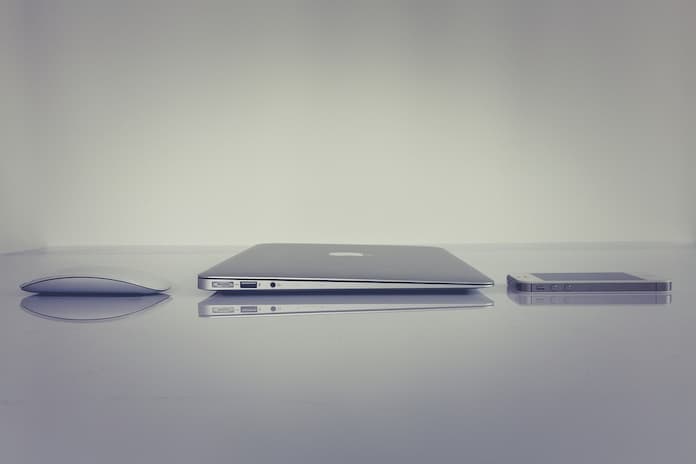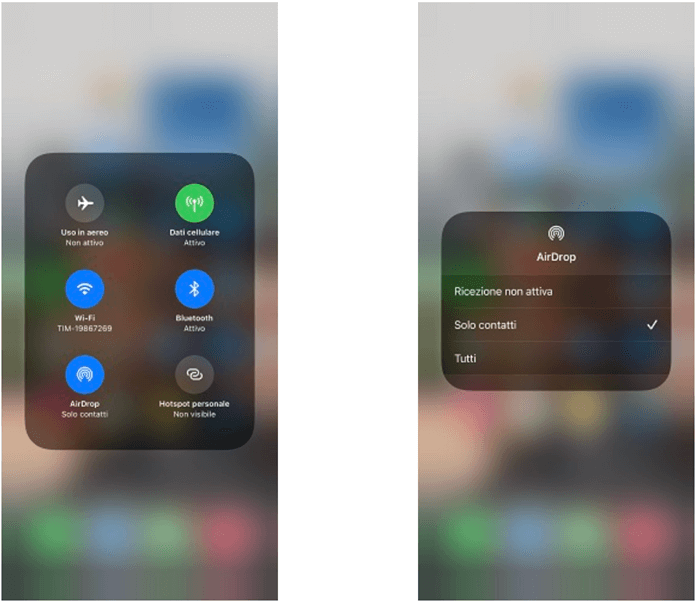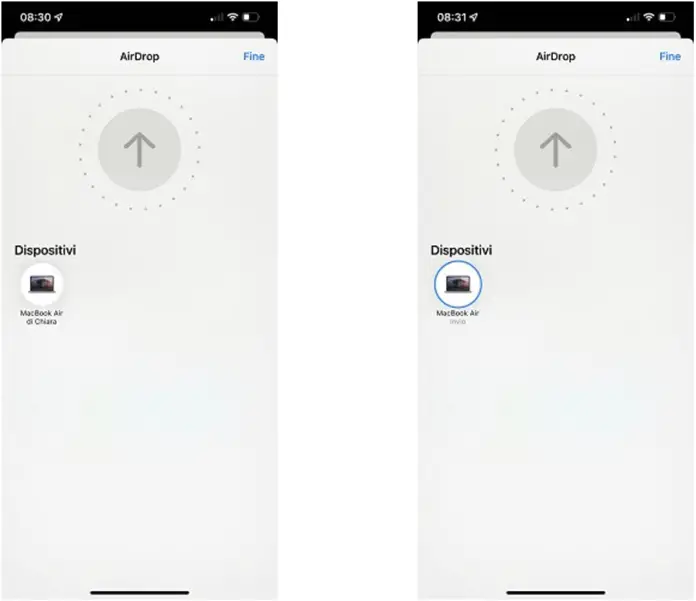How to transfer photos from iPhone to Mac
– Learn these tips and tricks on how to use your devices in a much easier way as well as solved some of your common problems that are difficult.
After purchasing the Mac, you chose to replace your old phone with an iPhone, thus starting the formation of your Apple ecosystem. However, being still in effect a novice on the subject, you have not yet fully understood how to connect the two devices to each other.
You would like, for example, see the photos you took with the iPhone on Mac, in order to better appreciate the details of the shots. Great, yours is a more than legitimate choice, and we’re here to help.
Below we will explain to you in detail how to transfer photos from iPhone to Mac, illustrating all the ways that exist. For each of them we will provide a step-by-step guide, so as to further simplify the procedure to be performed.
Here is what we will deal with in our new in-depth study:
How to transfer photos from iPhone to Mac with cable without iTunes
Starting with macOS 10.15 (Catalina) and later, transfer of photos from iPhone to Mac with cable happens without iTunes, connecting your phone to your computer via the Lightning cable and the Photos app. If this is your first time, you will also need to prepare the import from iPhone, authorizing the connection of the mobile device to the Mac.
Here are the steps to take:
- Connect the Lightning connector to the iPhone and the other end to the USB input of the Mac (if you have a new generation Mac, insert the other end into one of the available Thunderbolt ports).
- Open Finder and click on the iPhone icon located in the left sidebar.
- Press on the button “Authorize” on both Mac and iPhone.
- Enter the device unlock code to complete the connection between iPhone and Mac.
- Select the Photos app from the Dock bar.
- In the new window that opens, locate the entry “Devices” in the sidebar and select the iPhone name.
- Use the menu “Import to” to decide which photos to transfer and the exact location on the Mac where to put them.
- Click the button “Import all new photos” O “Import select (X)” (if you choose only some photos by typing the combination cmd + click) located at the top right to proceed with the transfer of the images.
Alternatively, to transfer photos from iPhone to Mac without iTunes you can use the utility built into macOS: Image capture. Here is the step-by-step procedure:
- Open the Launchpad on Mac.
- Enter the folder “Other”.
- Select the camera icon to launch the Image Capture utility.
In the new window that opens, select the iPhone icon from the left sidebar.
Now choose the folder on your computer where you want to transfer the photos via the menu “Import to”. - Select the photos to transfer and click the button when finished “Download all” O “Download” (in case you decide not to import all the images) to start the import.
If you feel that the procedure with cable involves too many steps, in the next chapter we will explain how to transfer photos from iPhone to Mac without a cable.
How to transfer photos from iPhone to Mac without cable
Per transfer photos from iPhone to Mac without cable it is possible to use ICloud Photos or, alternatively, technology AirDrop. The latter uses the Bluetooth module and the Wi-Fi network of two Apple devices for wireless data sharing from one device to another.
Transfer photos from iPhone to Mac with iCloud Photos
ICloud Photos is the service that allows you to store in iCloud the photos and videos that a user takes with the iPhone or stores from time to time while using the Mac. When stored, the multimedia contents are automatically organized in “Years”, “Months”, “Days” e “All the pictures”.
To start image transfer by synchronizing the two devices, it is necessary turn on iCloud Photos by setting up iCloud and logging in with the same Apple ID on iPhone and Mac.
Start first fromiPhone:
- Open the Settings app (the application depicted by the gear wheel icon)
- Select the profile icon.
- Cheap with “iCloud”.
- Click “Photo”.
- Move the toggle next to the option left to right “ICloud Photos” to activate syncing from iPhone.
A similar procedure is then performed on Mac:
- Select the Apple menu at the top left and, from the menu that opens, click on “System Preferences”
- Click on the “Apple ID” option
- Press on the “iCloud” tab located in the sidebar
- Click on the item “Photos” to complete the activation of the synchronization also from Mac.
Well, now that you have successfully completed the iCloud Photos setup on both iPhone and Mac, wait a few moments for the automatic synchronization of images contained in the iPhone Photos app on the Mac’s Photos program. From now on, whenever you take a new photo with your iPhone, it will automatically be synced to iCloud Photos.
Important: the memory occupied in Photos erodes the storage space guaranteed by the iCloud free plan, which corresponds to 5 GB. When the memory runs out, to continue taking advantage of the synchronization service, you need to increase your iCloud space by purchasing one of the available plans. Currently, iCloud + provides three different paid monthly plans: 50 GB (0.99 euros), 200 GB (2.99 euros), 2TB (9.99 euros). Alternatively, you may also find the deepening on how to free up iCloud space useful.
Note: instead of iCloud you can use another of the many similar services available on the net, such as Google Photos, Amazon Photos and Dropbox. We told you more about it in the study on the best free and paid cloud services.
Transfer photos from iPhone to Mac with AirDrop
The transfer photos from iPhone to Mac without cable is also possible via Bluetooth using wireless technology AirDroppresent on the iPhone 5 and later models and the Macs marketed since 2008. As it is easy to guess, it is one of the simplest ways to share data between two Apple devices.
To use AirDropfirst of all it is necessary to proceed with his activation on iPhone and Mac. The procedure on iOS mobile devices is very simple: open the control center by swiping from bottom to top, make sure that both Wi-Fi and Bluetooth are “on”, then press the Bluetooth icon for two to three seconds until until a new window appears with the AirDrop icon.
Note: By default, AirDrop is enabled with the option “Contacts only”but you can also choose the option “Everyone” if you want the sharing via AirDrop also to take place with users who are not in the contact list of your address book.
On Mac, however, simply select the option via the menu bar at the top “Or”then click the entry “AirDrop”. A new window will open immediately after which you can configure the service. Make sure you also turn on Wi-Fi and Bluetooth on the Mac, as seen earlier on the iPhone.
Now you can finally transfer photos from iPhone to Mac using AirDrop:
- Open the Photos app on iPhone.
- Tap the button “Select” and choose the images you want to transfer to Mac.
Tap on the square icon with the arrow at the bottom left (the share icon) and select the item “AirDrop”. - On the main AirDrop screen, select your Mac icon and wait for the image transfer to complete.
Note: For AirDrop to work properly, remember that iPhone and Mac need to be connected to the same Wi-Fi network.
On the same topic you might also be interested in: How to transfer photos from smartphone to PC



















